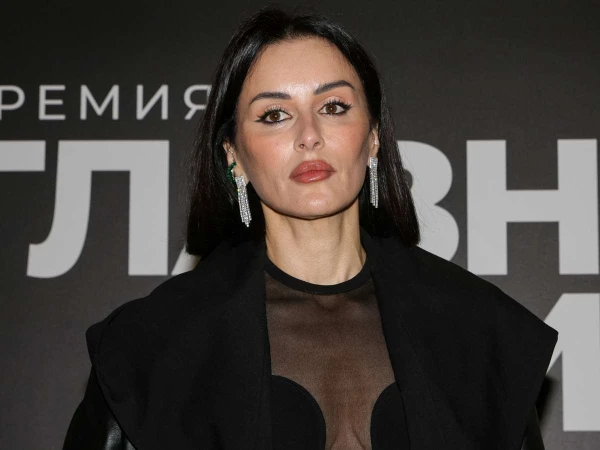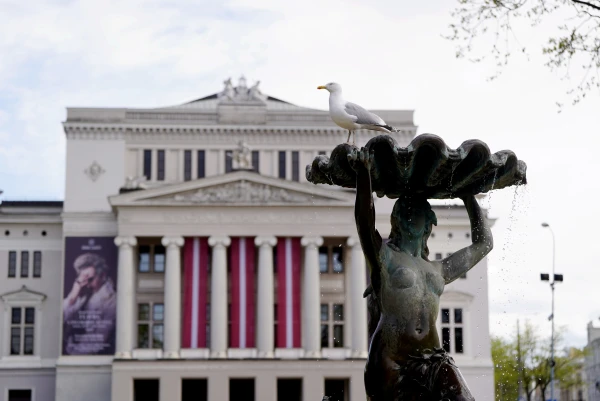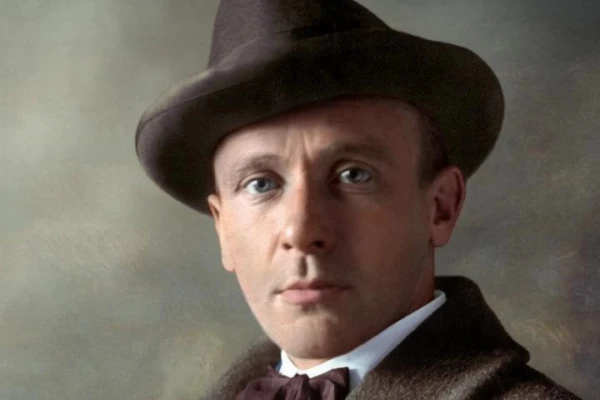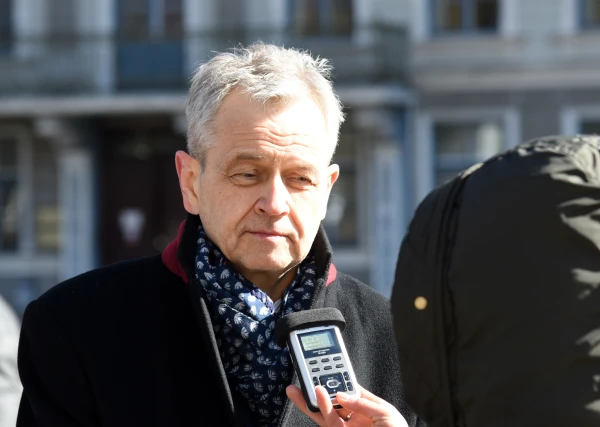
The lifetime editions of her man are valued much higher.
In Moscow, the Auction House "Litfond" has put up for auction rare books, photographs, historical papers, and other similar items with a total starting price of 350,000,000 rubles (3.5 million euros). Among the most rare lots are "Soviet Alphabet" authored by Vladimir Mayakovsky and "Euclidean Geometry" from 1594 in Arabic.
Three lots stand out at the auction. Firstly, a previously unsold rare edition of the "Soviet Alphabet" by Vladimir Mayakovsky from 1919, which is considered a monument of Soviet typography. The letters of the alphabet are executed in the form of initials composed of human figures. The description of the lot states that the offered copy has a publisher's lithographed cover with watercolor embellishment of the last letter "A" in the word "Alphabet," done by Mayakovsky only in part of the print run. The starting price is 5,000,000 rubles (50,000 euros).
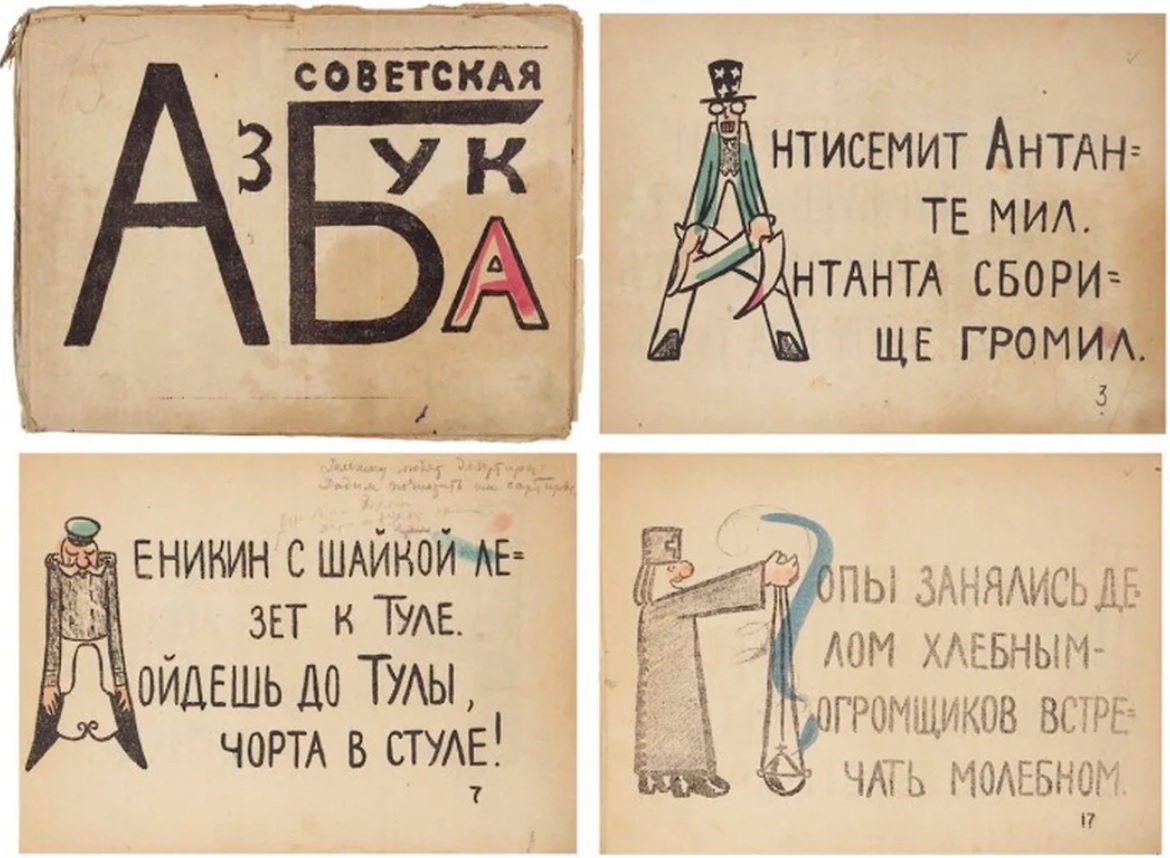
Another rare lot is the "Chronograph of Sergey Kubasov." This handwritten collection of narratives about key events in Russian history from Rurik to Ivan the Terrible is presumed to be from 1672. Its starting price is 8 million rubles. Additionally, the first printed edition of Euclid's works in Arabic from 1594 is for sale, one of the most important scientific monuments of the Renaissance. "This first printed edition in Arabic is not a translation of the ancient Greek original, but an edited, revised version of earlier Arabic translations with additions and comments," the description states.
"The presented auction edition of the 'Elements' is traditionally attributed to the Persian scholar-encyclopedist Nasir al-Din al-Tusi (1201–1274), as stated on the title page. However, many scholars no longer recognize his authorship. The true author, usually referred to as 'Pseudo-al-Tusi,' is unknown, although some believe it could have been al-Tusi's son - Sadr al-Din," reports "Litfond." The lot includes 13 books, making it extremely rare, as most editions of Euclid's works contain 12 books, which are available in major libraries. The starting price of the lot is 8,000,000 rubles (80,000 euros).
Among the rarities are also editions that have exclusively museum value: "Lenten Triodion" from 1561, printed in Venice (3,000,000 rubles - 30,000 euros), and "Color Triodion" from 1563 - the rarest Cyrillic paleotypes of the 16th century (3.5 million rubles - 35,000 euros). Additionally, collectors may be interested in "Slavonic Grammar" by Meletius Smotritsky from 1648, which Mikhail Lomonosov called "the gates of scholarship" (1.5 million rubles - 15,000 euros). A complete set of "Description of the Coronation of Anna Ioannovna" from 1730 will also be presented, with a starting price of 1 million rubles.
Autographs will also be sold: the catalog features 27 letters from Lily Brick from 1948–1974 (250,000 rubles - 2,500 rubles), a marble slab with the autograph of Eduard Limonov in honor of the birth of his firstborn (120,000 rubles - 1,200 rubles), and materials for the unpublished edition of A. M. Remizov's fairy tale "What Is Not Known. A Tale of Tsar Dodon" (550,000 rubles - 5,500 rubles).
According to investment strategist Alexander Bakhtin from "Garda Capital," books and manuscripts are primarily collectible items. "They possess the same properties as other rare antiques or historical artifacts; there is demand from interested buyers willing to spend large sums on objects of interest," he notes. Therefore, manuscripts and book antiquities appreciate at roughly the same rate as paintings, wine, and other collectibles: not less than dollar inflation, but within 10% annually.
For potential investors, the problem of purchasing, for example, "Euclidean Geometry" lies not only in its high price but also in the narrow market for resale. "Paintings are more universal, and even a layperson can assess them. However, only someone who loves history, has an interest in the exact sciences, and reads Arabic can fully enjoy owning a book on geometry in Arabic. Such intellectuals are few and far between worldwide," says Mr. Bakhtin.
Unlike paintings or vintage items, where there is a relatively broad base of buyers, the market for old printed and manuscript books is narrow and largely depends on the tastes and interests of a small circle of collectors, as well as museums and libraries, agrees Galina Gvetadze, head of the multi-family office "BKS World of Investments."
"Therefore, considering such lots as liquid investments is hardly correct - this is rather a form of cultural collecting, sometimes accompanied by price growth," she believes.
However, she says, certain categories of book values do indeed show stable investment dynamics. "These include, for example, the very first editions of cult authors - Shakespeare, Pushkin, Dostoevsky, European editions from the 15th century, books with autographs or unique provenance, important scientific works that played a role in the development of world thought," Ms. Gvetadze lists, adding that the rule applies here: the broader the circle of those who understand the significance of the book, the higher the likelihood of its price growth and liquidity.

